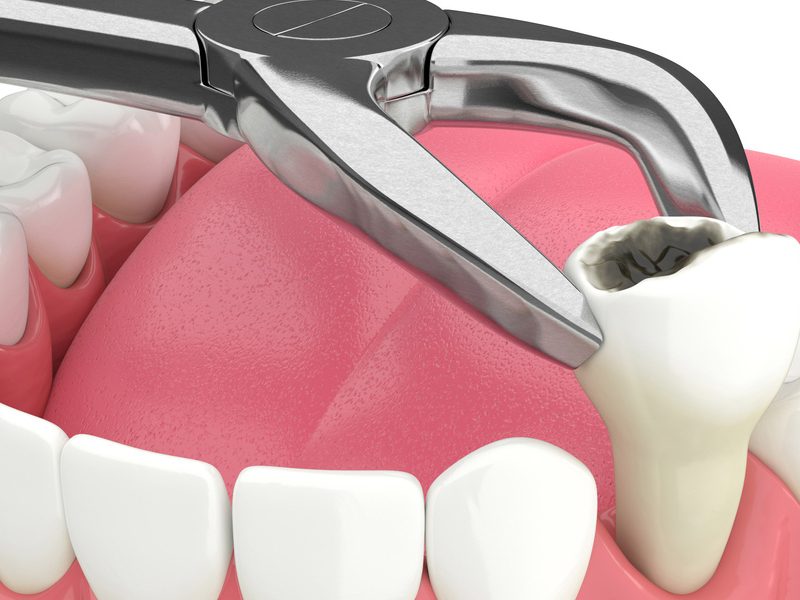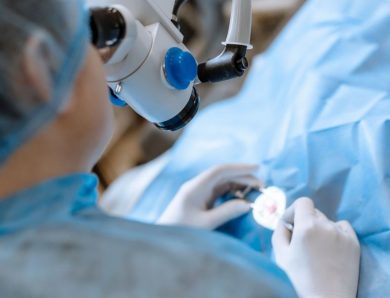
How To Choose The Right Periosteal Elevator For Dental Procedures
Periosteal elevators are a standard tool used in dental procedures to loosen teeth for extraction. They come in various sizes and styles to suit different types of systems.
The elevator should be inserted with the concave surface facing the tooth and the fulcrum against the buccal alveolar bone. The handle is then moved up or down with a force three times that of the fulcrum to luxate the tooth.
Type of Procedure
The type of procedure performed in extraction can impact the choice of an elevator. For example, a straight elevator might need to be sectioned or removed so that its dorsal tip surface contacts the complex tooth structure for leverage. This might be necessary if two neighboring root tips are ankylosed, mainly endodontically treated root tips, and intra-root sectioning of the roots increases the degrees of freedom of movement of the tooth root in response to luxation forces.
Similarly, an elevator’s ventral contact point might need to be positioned more closely to the tooth particle being luxated so that its force vector is radially directed rather than perpendicular to the tooth particle’s long axis as it is with a Cryer elevator, which would diminish its ability to luxate the tooth progressively. This is more difficult with a straight elevator because its working end has multiple ventral contact points, unlike the single point of contact on a Cryer elevator.
Size
Periosteal elevators are long, slender instruments that elevate delicate tissue before tooth extraction. They detach and reflect the periosteum while splitting the gingiva around the tooth’s neck.
The tip of a periosteal elevator is pointed and wedged into the gingival cuff to release it. Then it is pushed into the root of the tooth. This moves the tooth and luxates it, making it easier to remove it with forceps.
The working end of the elevator can have one blunt and one pointy tip to accommodate less traumatic manipulation. The elevator must not have a bent tip surface because the handle’s rotational force can damage the tooth particle’s ventral or dorsal surfaces.
Material
Periosteal elevators are a vital component of dental surgical procedures. They detach the periosteum layer from the bone, allowing easy tooth extraction. They also help reduce inflammation and improve healing. However, these tools must be sterilized and stored to avoid shredding the tissue.
A proper elevator position is described as a purchase point for the tip (2, 7), but more precisely, sectioning teeth or removing bone increases the number of hard dorsal and ventral elevator tip contact points that leverage a tooth particle.
The best periosteal elevators are made of medical-grade stainless steel that is long-lasting and easily sterilized. Their slender design allows them to reach deep areas of the mouth without damaging the surrounding tissues. They can be found in both single-ended and double-ended structures.
Design
The periosteal elevator is an essential tool in oral and maxillofacial surgery. The instrument allows surgeons to separate the periosteum layer from the bone to expose an operating area. This can help reduce the risk of damage during surgical procedures.
It also helps surgeons safely sever and elevate tissue flaps. Choosing the right periosteal elevator design is essential for achieving this.
A good choice has a wide blade for traumatically elevating the periosteum and a blunt tip to prevent shredding. The handle is bulky to provide a firm grip and minimize finger strain.
Choose a periosteal elevator from a reliable manufacturer, such as Black & Black Surgical. They have a plasma-coated surface, which is easy to clean and can be autoclaved without fear of scratches or other damage. The set comes in a stainless steel cassette, making it easy to organize the instruments.
Safety
Taking some safety measures while using periosteal elevators for dental procedures is essential. These instruments can cause damage to adjacent teeth if misused. Also, excessive force can cause slippage. Therefore, it is best to use the elevator with moderate pressure.
Moreover, the periosteal elevator should be positioned so that the ventral surface of the working end contacts a complex point(s) on the tooth being extracted and the dorsal surface of the elevator tip contacts a hard intra-oral point(s). This will help prevent luxation of the elevator during extraction. The periosteal elevator should also be wedged into the dental socket to act as a lever and fulcrum to increase tooth elevation and decrease dental socket expansion. This will allow the clinician to work more efficiently in the restricted space.




